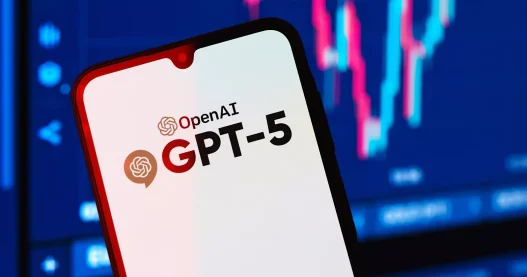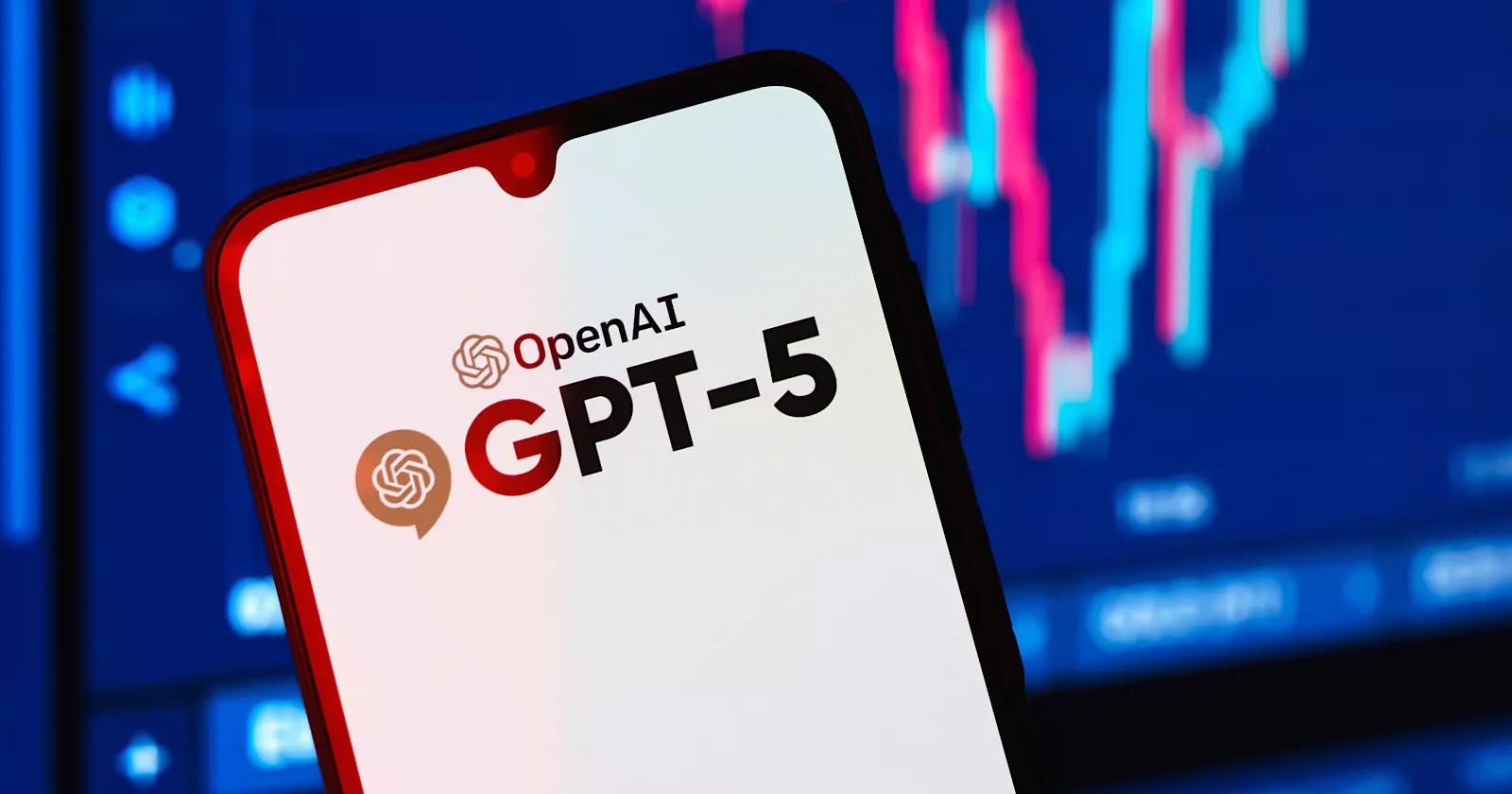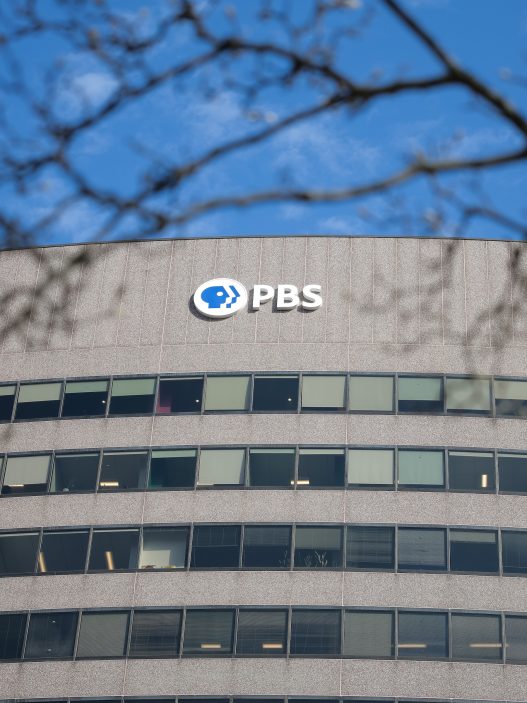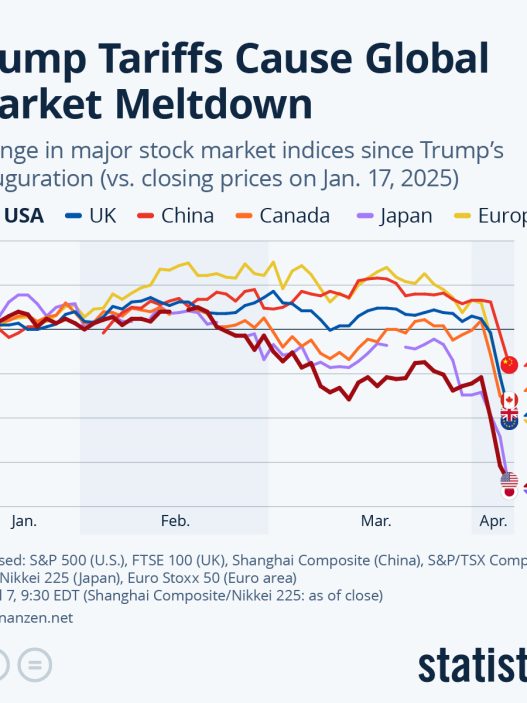The release of GPT-5 marks one of the most significant milestones in artificial intelligence this decade. OpenAI has positioned this new model as its most capable yet, building on the foundation of GPT-4 but adding major upgrades in reasoning, adaptability, and multimodal processing. According to OpenAI’s official GPT-5 announcement, this release is designed not just as a language model, but as a flexible digital assistant that can integrate into workflows across industries.
A Leap in Reasoning and Reliability
One of the most anticipated features of GPT-5 is its enhanced reasoning ability. While GPT-4 already handled complex prompts well, GPT-5 can break down multi-step problems more accurately and produce more logically consistent answers. OpenAI claims this makes the system capable of tackling advanced tasks in science, law, and software engineering — areas where subtle reasoning errors could previously derail results.
Sam Altman, OpenAI’s CEO, emphasized this point during the launch presentation, comparing GPT-5’s specialized performance in some fields to “having access to a legitimate PhD in your pocket.” That remark, captured by ABC News, underlines the company’s ambition to make AI not just a chatbot, but a credible partner in professional decision-making.
Multimodal Understanding Changes the Game
GPT-5’s multimodal upgrades mean it can now interpret and combine multiple types of data — text, images, charts, and more — into a single, cohesive analysis. For example, a financial analyst could upload a PDF of quarterly reports, an Excel spreadsheet of earnings data, and a chart of market trends, and GPT-5 could integrate all of it into a single investment recommendation.
This advancement is especially important for fields like medicine, engineering, and design, where understanding often comes from combining visual, numerical, and written information.
Enterprise-Focused Tooling
OpenAI isn’t just targeting casual users — GPT-5 is clearly built with enterprise adoption in mind. Tool invocation and API integration have been overhauled, allowing businesses to embed the model into internal platforms with greater control over outputs.
The improvements also extend to code execution, data analysis, and knowledge retrieval. This could accelerate the rise of AI-powered business tools similar to Microsoft Copilot, which already integrates earlier OpenAI models to help users write emails, draft documents, and analyze spreadsheets.
Safety, Oversight, and Guardrails
Alongside its technical upgrades, GPT-5 has undergone stricter safety testing than its predecessors. OpenAI says it has implemented more robust guardrails to limit harmful or misleading outputs. The model has been evaluated using red-team exercises — simulated attacks designed to probe weaknesses — in collaboration with external experts.
This focus on safety is a response to growing global pressure on AI companies to address misinformation, bias, and ethical risks before products reach mass adoption.
Release Timeline and Access
GPT-5 is being rolled out in phases. The first wave includes API access for developers and integration into existing OpenAI products like ChatGPT for Plus and Enterprise subscribers. Partner platforms are also receiving early access. Broader consumer availability will follow after feedback from initial deployments is analyzed.
For anyone wanting to see the full launch details and livestream replay, both the OpenAI announcement and the ABC News coverage of Sam Altman’s presentation remain the most authoritative sources.
How GPT-5 Could Change Industries
Education: GPT-5’s improved reasoning could help students learn complex subjects more effectively, acting as a tutor that can explain concepts in multiple formats.
Healthcare: With multimodal capabilities, GPT-5 could help analyze medical images alongside patient records for preliminary insights, though human oversight remains essential.
Finance: Better data integration means the model could assist in portfolio analysis, risk assessment, and automated reporting.
Media and Content Creation: GPT-5 can generate richer, more contextually aware content, from scripts to marketing copy, reducing production time for creative teams.
Challenges and Limitations
Despite the hype, GPT-5 is not without its flaws. It can still produce inaccurate information and remains dependent on user oversight for high-stakes decisions. OpenAI acknowledges that while GPT-5 is a step closer to general-purpose AI, it is not infallible — and users should treat it as an assistant, not an oracle.
The Bigger Picture
The release of GPT-5 signals that the AI race is far from slowing down. Competitors like Anthropic, Google DeepMind, and Mistral are also pushing their own models forward, creating a rapidly evolving ecosystem of advanced AI tools. For developers, researchers, and businesses, the next few years will be defined by how these systems integrate into everyday work — and how society chooses to govern them.





















